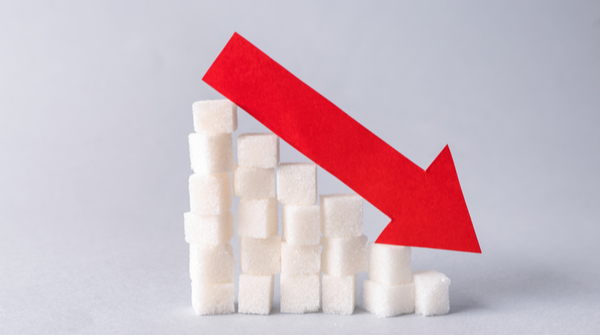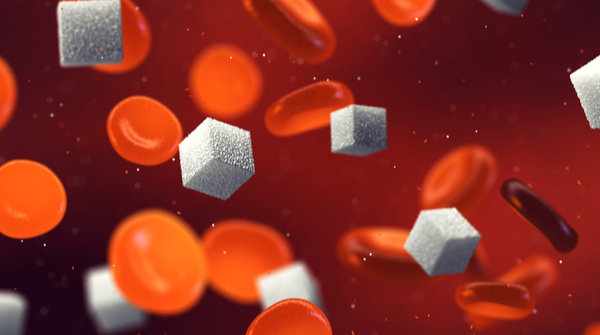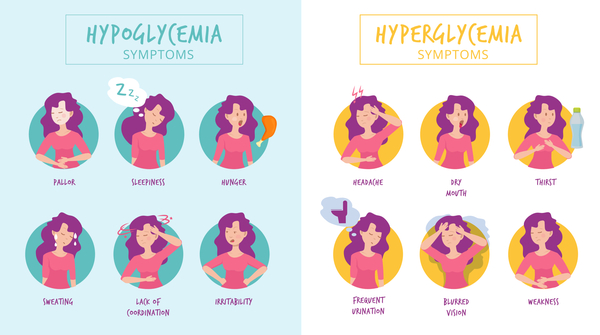Since people with fluctuating sugar levels have a long list of medications along with devices and equipment, first aid for a diabetic emergency is quite useful for them. It’s essential for diabetics to know how to tackle high and low blood sugar levels.
What is a Diabetic Emergency?
Diabetes is a progressive condition that prevents the body from producing insulin or using the insulin produced. Insulin, being one of the most important hormones in the body, helps in regulating the sugar levels in the body by providing the cells with enough glucose to function properly.
There are two types of diabetes:
- Type-1 (dependent on external insulin)
- Type-2 (not dependent on external insulin)
A diabetic emergency is when the body experiences fluctuations in sugar levels, either too high or too low. Both conditions are extremely dangerous and must be taken care of with first aid for diabetes, and in extreme conditions must be taken to a hospital.
Causes and Types of Diabetic Emergency
As mentioned above, both Type 1 and Type 2 diabetes prevent the body from managing sugar levels effectively. Type 1 diabetes is an autoimmune condition where the immune system destroys the cells that produce insulin, whereas Type 2 diabetes reduces the ability to use the insulin produced.
A diabetic emergency can emerge due to fluctuations in sugar levels, but at times, diabetes complications too can create an emergency. Here are the types of common times when a person needs first aid for diabetes:

Hypoglycemia
Hypoglycemia occurs when blood sugar levels become lower than the normal range. Usually, the condition is diagnosed as hypoglycemia when the sugar level goes below 70 milligrams per deciliter (mg/dL).
If not treated properly, hypoglycemia can cause seizures and can be life-threatening. However, if a diabetic is able to identify the signs before the condition worsens, it can be treated as a short-term condition.
Hypoglycemia can happen anytime to anyone; however, it usually is triggered due to the usage of insulin or other diabetes medications.
Here are a few cases where blood sugar levels can go below the normal range:
- When a person injects more insulin than needed
- Excess consumption of alcohol
- Misses or delays the meal
- Strenuous amount of physical activity

Hyperglycemia
Just like how excess insulin can cause hypoglycemia, too little insulin causes hyperglycemia. In this condition, sugar levels remain higher than the normal range and can worsen, if not treated properly. In extreme cases, hyperglycemia can make a person unresponsive or into a diabetic coma. Hence, it is essential to take first aid for diabetes to improve your condition.

Signs to Use First Aid for Diabetes
If you think you are experiencing a diabetic emergency or see someone near you go through the same, here are a few signs to look out for to identify the type of emergency:
Hypoglycemia
- Confusion, nausea, and dizziness
- Hungry
- Irritable, anxious, and shaky
- Sweating, chills, and pale skin
- Rapid pulse and heartbeat
- Weakness and tiredness
- Headaches
- Coma or loss of consciousness
- Seizures
- Weight loss in long-term hypoglycemia
- Tingling sensation in the mouth
Hyperglycemia
- Dry and warm skin
- Rapid breathing and pulse
- Sweet and fruity breath
- Excessive thirst
- Dizziness or drowsiness, eventually causing unresponsiveness
What You Need to Do In A Diabetic Emergency
If you or someone near you experiences the signs mentioned above, it is important to take the following steps:
Hypoglycemia
- Sit down in a shaded area.
- Give them something sugary to eat or drink. This will help in bringing the sugar level to the normal range. It could be fruit juice, a fizzy drink, three teaspoons of sugar, or sweets.
- If you don’t see any improvement in your condition, call for medical help
Hyperglycemia
- Immediately call for medical help if you suspect a condition of hyperglycemia
- Check your pulse and heartbeat until help arrives.
Read More: How Do Diuretics Affect Blood Sugar Levels?
What to keep in the First Aid Kit for Diabetes
Having first aid kits at home can help you prepare for an emergency and prevent serious complications. Here are a few things to keep in the kit that you created for yourself:
Hypoglycemia First Aid Kit
- Glucometer with extra strips and lancet device
- Fast-acting glucose, e.g., energy drinks or tablets
- A list of emergency contact details
- List of current prescriptions
- Medical identity card
Hyperglycemia First Aid Kit
- Glucose Meter with extra strips and lancet device
- Spare injection needles
When at home, although you must have everything handy, it is important to see if you have the following items at home:
- Spare glucometer
- Additional strips, lancet devices and syringes
- List of current prescriptions
- Hyperglycemia kit
- Hypoglycemia kit
- Spare injection needles
A diabetic emergency can never be timed. Hence, it is better to stay prepared beforehand to avoid any complications.
BeatO App reminds you for any diabetic emergency. It sends you an alert notification for high or low glucose or blood pressure levels and connects you with a diabetes health coach. Download the App to monitor diabetes without any worries!
Consult BeatO’s health coach for free and control your diabetes. Download the BeatO app!
Check your blood sugar level with Beato Glucometer today.





